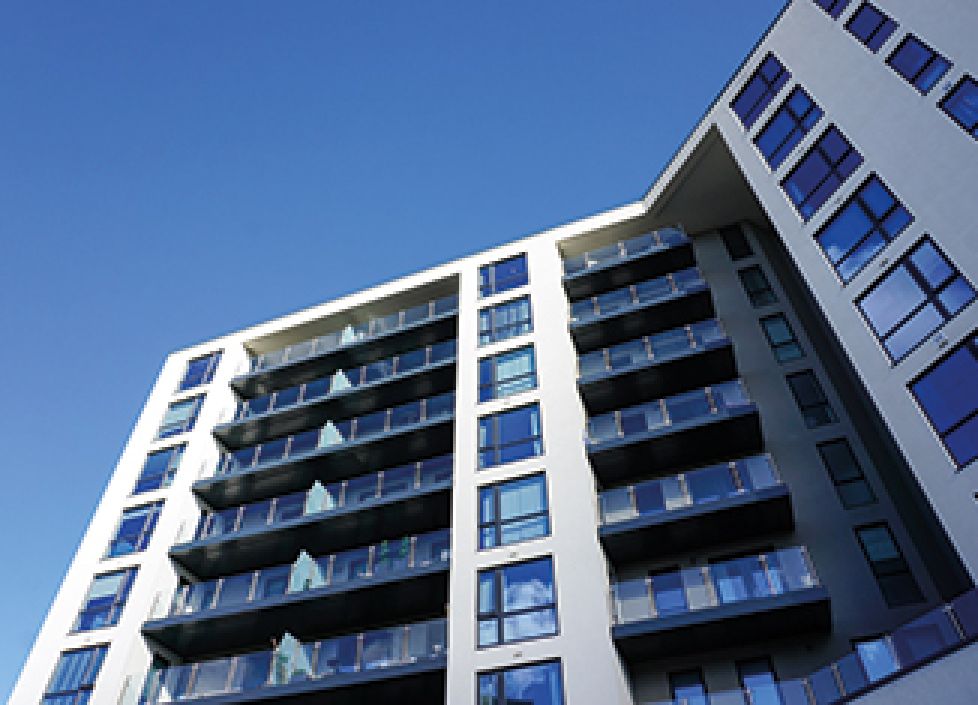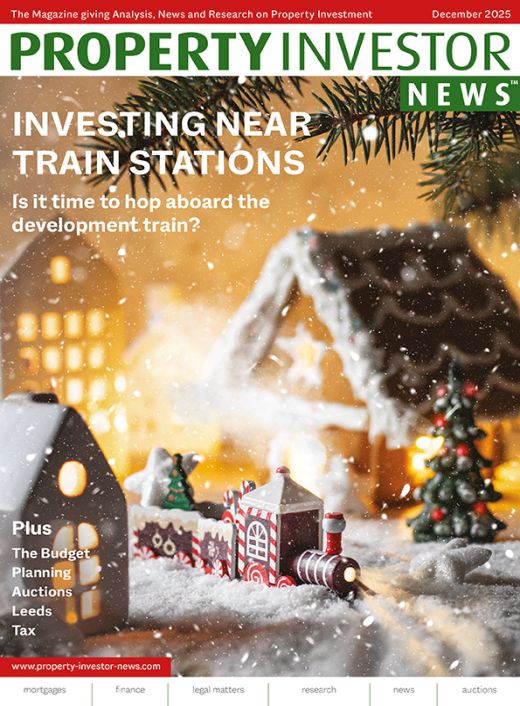As a property developer, you invariably experience a few highs and lows on every project. One high point I always enjoy is that quiet walk around the finished units. Snagging complete, these box-fresh, pristine spaces appear in stark contrast to the messy, noisy activity of previous weeks. With the stresses and strains now behind you, it’s remarkable that so many elements and processes have somehow come together to create a single space that’s now ready to become someone’s new home.
But that feeling of calm is a little premature since arguably the most critical element of the whole project still lies ahead of you. This is the part where you sell the things, pay back your financiers, and, if you’ve done your job well, pocket a healthy profit. So how can you make sure that your new homes fly off the proverbial shelf? Let’s start by understanding the downside if they don’t.
Most developers will be using both commercial finance and private finance to fund their projects. They’ll typically borrow up to 70% of the asset purchase price and 100% of the development funding from commercial lenders. They might also borrow up to 100% of their deposit from private finance. This gives them substantial financial leverage since they’re not personally putting in a huge amount of their own money. However, it also means they’ll want to pay these lenders back as soon as possible. Every month that the new units don’t sell means another month of interest that needs to be paid. And that comes straight off the bottom line.
In theory, you could potentially end up in a situation where your units aren’t sold before your finance terms expire, and so you’ll need to refinance. Not only will this incur additional fees, but your lender is potentially able to renegotiate the deal. It helps reinforce the importance of having an alternative exit strategy from day one. For example, let’s suppose you can’t sell. In that case, you could refinance the development using buy to let mortgages, which would allow you to repay the asset and development finance and defer the sales while making a small profit through renting them out. It might not be your preferred outcome, but it means your financiers will be happy, and you’re in a cash-positive position even if your profits are stuck for the time being in your new bricks and mortar.
It’s worth noting that you’ll typically be paying your lenders back first. If you build five flats, all your profit is in the last flat. Selling the first four apartments allows you to pay off the finance, but your own profit won’t materialise until you complete on that final unit.
Let’s now turn our attention to what you can do to make your units more saleable. The crucial point is that your marketing strategy shouldn’t begin when your project is finished. It starts way before a single brick has been laid, in fact, before you’ve even made an offer to buy the host building or the plot of land. As part of your due diligence on any project, you’ll need to determine who will be buying your units and what they’ll be looking for.




















